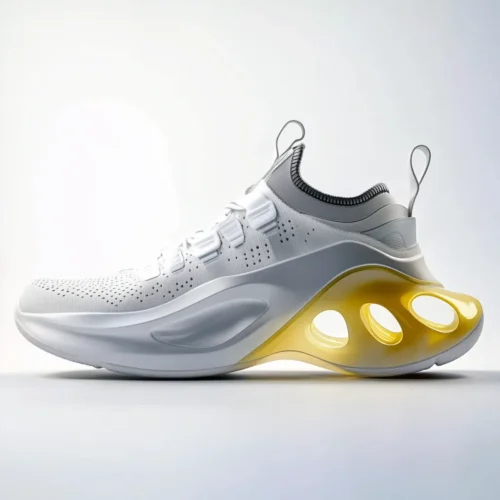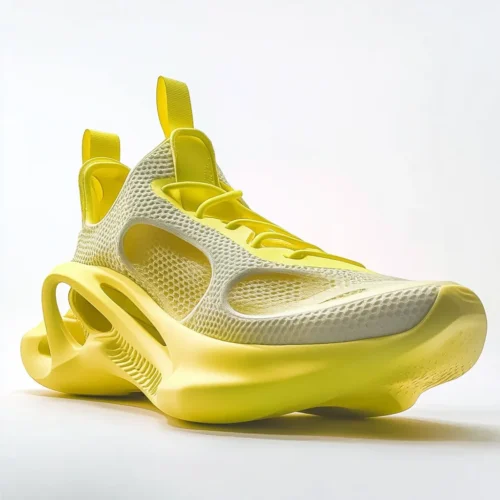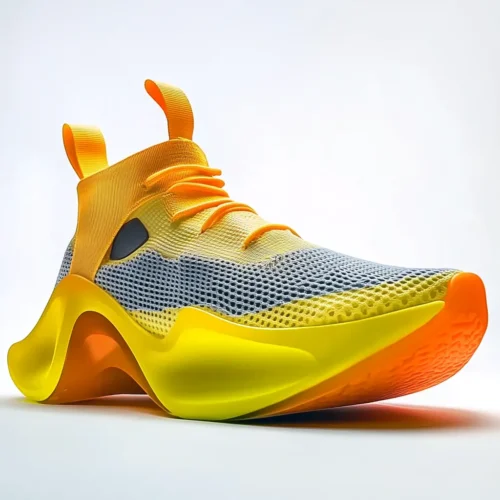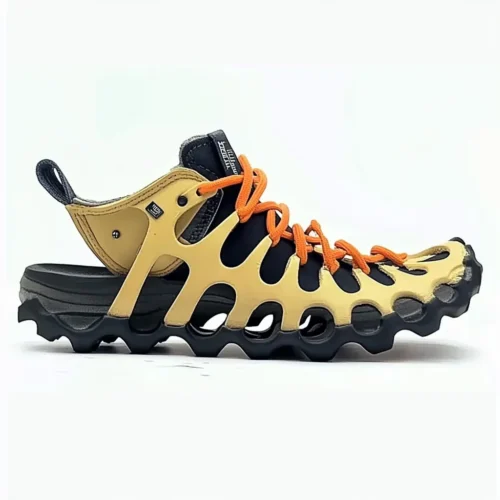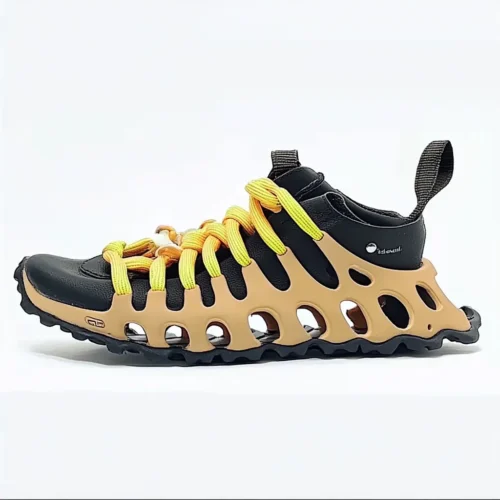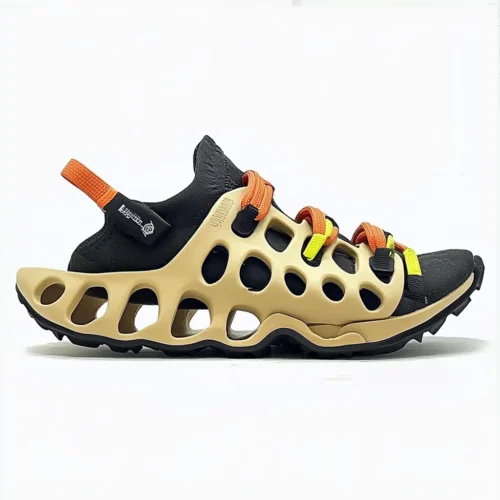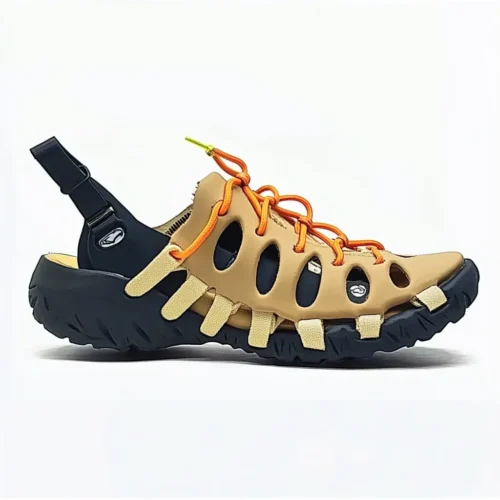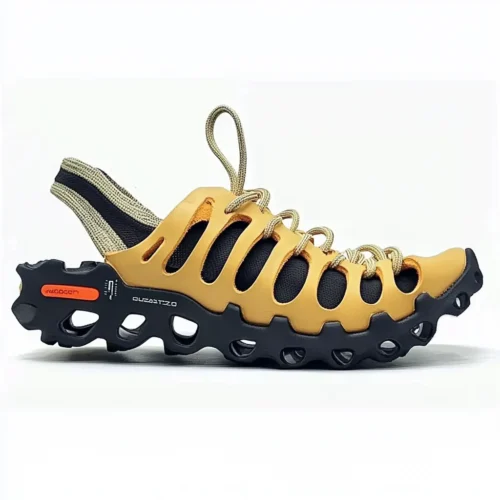
Applied Research
Arte Rote’s applied research investigates how technological, social, and cultural transformations are reshaping the nature of products. Bridging research and production, it translates theoretical investigation into operative outcomes through the development of design concepts, design technology tools, and data-driven approaches to design languages.

Design-Technology for Advanced Furniture Concept Design
Research on Design Processes for Next-Generation-Products_University of the Aegean
Concepts and Process insights
Data-Driven and AI-Augmented Furniture Processes

This body of work originates from the development of an advanced design-tech pipeline that redefines the way contemporary furniture concepts are generated, validated and transformed into prototyped artefacts. The process is conceived as a hybrid framework that integrates data-driven research, AI-assisted form exploration and parametric modelling, enabling a fluid transition from conceptual imagery to manufacturable 3D structures.
The workflow begins with an evidence-gathering phase, in which text-mining and visual analysis tools process large corpora of precedents, material logics, user requirements and emerging aesthetic signals. Instead of relying on trends filtered through intuition alone, the system extracts computationally verifiable patterns that inform the formal direction and structural logic of the project.
-Initial AI-generated Concepts-

-3D-model generation-
These insights are then translated into AI-generated 2D explorations, producing a wide field of visual hypotheses. The AI is used not as a stylistic patch or moodboard generator, but as an “ideation accelerator” capable of mapping the design space rapidly, exposing multiple variations and latent directions that would be too time-consuming to arrive at through traditional sketch-based iteration.
In the next stage, selected visual outcomes are reinterpreted inside a parametric modelling environment, where form, proportion and structural continuity are rebuilt from first principles. Here, geometry becomes programmable: relationships are embedded rather than drawn, enabling fabrication constraints, material behaviour and ergonomic feedback to be integrated early in the process.
-Initial AI-generated Concepts-



-3D model ready for robotic CNC carving on biocomposites-
Once validated computationally, the models move into rapid prototyping through 3D printing, allowing immediate physical testing of touchpoints, assembly logic and spatial presence. This bridge between digital and tangible output drastically reduces the number of design cycles required to reach feasibility, shortening the gap between concept and engineering.
The goal of the process is not merely to accelerate production, but to introduce a new organisational logic for design:
-
requirements are incorporated upstream rather than “fixed later”;
-
validation becomes computational rather than speculative;
-
iteration becomes non-destructive and multi-branch;
-
and manufacturability is embedded directly inside the creative act.
-Initial AI-generated Concepts-


-3D Model ready for 3D Printing-
Through this method, a series of fluid and parametric furniture concepts has been developed — sculptural seats, continuous-surface tables, ultra-light components and hybrid furniture-architectures — each emerging from the same algorithmic logic of responsive form. The result is a family of designs that are not “styled” after the fact, but grown from structural intelligence, material behaviour and data-derived principles.
By consolidating research, ideation, modelling and prototyping into a unified pipeline, this design-tech process enables a significant reduction in development time and cost, while simultaneously increasing design precision and manufacturability. It is conceived as a future-facing approach to furniture innovation — one in which computational reasoning, parametric authorship and AI co-create a new spatial vocabulary for advanced material culture.
-Quad-based retopology-


-3D Parametric Conversions-
These design-technology processes form part of the ongoing research in advanced process design at the University of the Aegean, where Roberto Rota investigates how data-driven methods and generative AI can be integrated into the early phases of concept development. The research examines not only the technical outcomes of these new pipelines, but also their organizational implications: how workflows change, how roles are redistributed, and how design shifts from a linear sequence to a systems-based model of decision-making. Through this framework, the focus is on understanding how computational tools reshape the conditions of design practice, enabling new forms of agility, scalability and distributed fabrication, while redefining what it means to “design” within a post-industrial ecosystem.

Advanced Concept-Shoe Research Series
AI-augmented concepts and design processes research at the University of the Aegean
Explore the concepts
Computational Footwear — Data-Driven Concept Design for a New Product Ecology
A design research and a dataset of concepts to support distributed shoes systems
This collection of concept shoes — developed for both everyday wear and trekking contexts — originates from a broader research programme on data-driven design processes and distributed manufacturing systems. The work applies text mining, image analysis and AI-assisted form generation to define a new stylistic vocabulary for Generation Z, positioning footwear as an interface between cultural trends, material experimentation and parametric aesthetics.
The methodology begins with an extensive corpus analysis: hundreds of product references, trend documents, market images and semiotic cues were processed to extract underlying formal grammars, behavioural expectations and symbolic patterns. The system integrates target-oriented data analysis with AI-based generative synthesis, producing hundreds of candidate concepts that were subsequently narrowed down through computational filtering and selection criteria. Instead of relying on intuition alone, the workflow combines human intention with algorithmic evidence, allowing design directions to emerge from measurable signals rather than speculation.
Once the stylistic grammar of the project is established — its formal language, its symbolic logic, its geometric tendencies — the research shifts from aesthetic exploration to parametric translation. The goal is no longer to “generate” form, but to stabilise it as a manipulable and design-oriented system.
This phase consists in converting speculative AI imagery into structured three-dimensional matter, where shapes are not only visual surfaces but negotiable parameters: thickness, curvature, modularity, articulation, thresholds of variation.
Rather than treating AI output as a final image, the workflow reinterprets it as a design hypothesis — something that must be reconstructed in a topology that can be calibrated, iterated, engineered and deployed. The act of retopology becomes a conceptual hinge: geometry becomes editable intention. Parametricisation reopens the form, allowing control, constraint, and design authorship to return inside the object.
# Stonebones Serie
This approach is aligned with the Roberto Rota’s PhD research conducted at the University of the Aegean, where the focus is on understanding how data-driven and AI-augmented methods are redefining not only the aesthetics of products, but the entire structure of design processes — from ideation and iteration to manufacturing strategy. The project also addresses the role of footwear as a distributed design category: a typology that can benefit from networked forms of production, local adaptation and parametric variation, supporting a post-industrial model of fabrication closer to ecosystems than to factories.
# Colorholes Serie
Within this framework, the research has generated three distinct families of concepts, each exploring a different articulation of form and material logic. The StoneBones series translates the morphologies of stone and bone into highly sculptural running shoes, where parametric curvature and mineral porosity become structural language rather than surface decoration. ColorHoles, by contrast, focuses on everyday wear: lightweight sneakers defined by organic perforations and Voronoi-like voids, where negative space acts both as an ergonomic device and as a playful stylistic signature.
# Trekker Serie
Completing the set, Trekker introduces a collection of trekking shoes and short boots that hybridise multiple outdoor typologies, replacing mass with layered structural thinking to achieve protection, agility and adaptability in a single configuration.
Together, these collections illustrate how footwear design can evolve beyond stylistic interpretation into computational authorship, where the combination of design intelligence and machine-generated inference leads to new typologies that do not simply mimic nature or trend cycles, but derive from structured information flows. The result is a vocabulary of forms that is both contemporary and adaptive — conceived not as a final product, but as a platform for future manufacturing possibilities.









